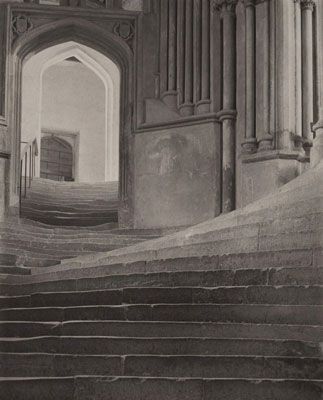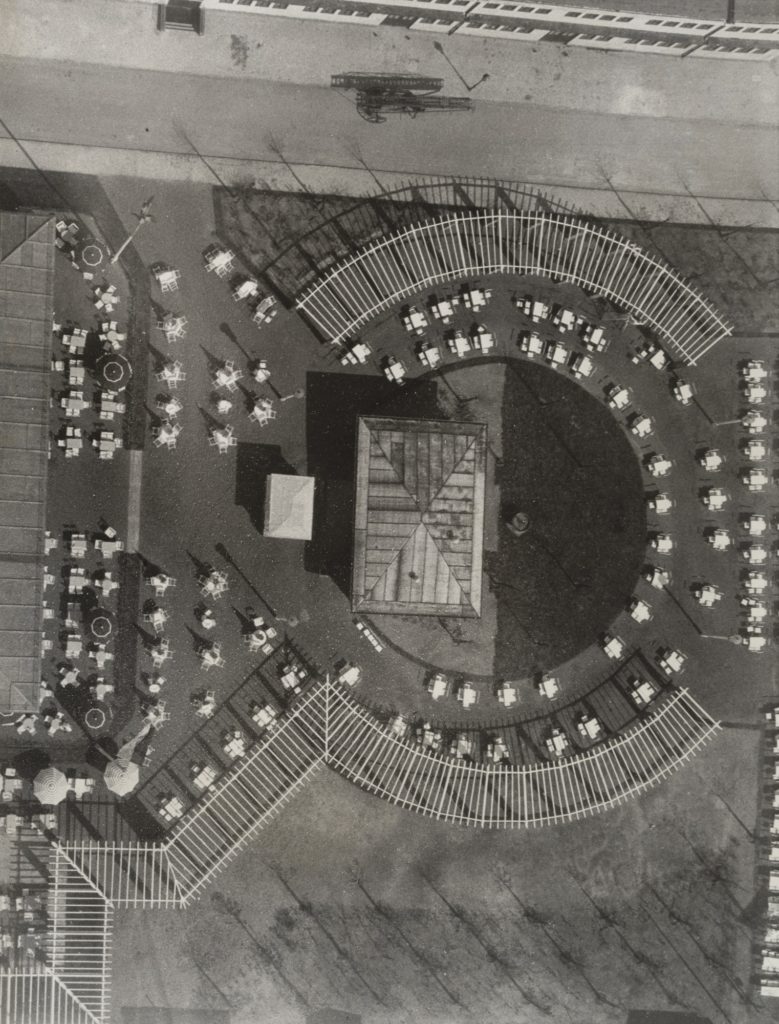TIME PERIOD-
This art movement started around 1910 and by the end of World War 1, it became the standard in many commercial fields in the US, including design, advertising, and journalism.
KEY CHARACTERISTICS-
Straight photography engages more with the technicalities of the camera and it’s ability to produce highly detailed and focused images. The term usually refers to photographs that aren’t manipulated in the darkroom/digital process, nor in the actual taking of the image (like pictorialism was). It focuses mainly of showing the subject “as the camera sees it”. Straight photography, or realism, laid the foundation for many later photographic movements and art styles: documentary, street, photojournalism, also having an impact on Abstract photography.
“Your photography is a record of your living, for anyone who really sees”
–Paul Strand
KEY WORKS-

Laszlo Moholy-Nagy 
Frederick Evans 
Laszlo Moholy-Nagy 
Paul Strand
ARTISTS ASSOCIATED-
- Alfred Stieglitz and Paul Strand were pioneers of straight photography in New York and the US.
- Paul Strand was documenting the world by the 1930s, using art to raise awareness for social issues, including documenting the everyday life of migrant workers during the Great Depression. In 1936, he joined the Photo League, whose primary aim was to educate more photographers about more progressive causes.
- Lazlo Moholy-Nagy used “pure” photography to emphasise the structure of an image. He looked at the world through the camera-lens, experimenting with documentation and using the lens as a framing device for what he saw. His use of unorthodox viewpoints and unusual printing techniques made him a champion of linking photography and art with the industrial world.
“The photogram, or camera-less record of forms produced by light, which embodies the unique nature of the photographic process, is the real key to photography.”
-Laszlo Moholy-Nagy
GROUP f/64-
This was a collective of American West Coast photographers in the 1930s who believed in what they called “pure” photography. Edward Weston was a central figure in the development of this type of straight photography in Western USA, and formed the group with Ansel Adams, Willard Van Dyke, Imogen Cunningham, Dorothea Lange and Sonya Noskowiak, the most influential of these photographers being Ansel Adams, who is renowned for his striking landscape images. Weston described the camera as something that “should be used for a recording of life, for rendering the very substance and quintessence of the thing itself.” The name of their informal group, f/64, is a reference to the aperture setting which allows sharp focus and good depth of field, relating to their photography style of bold texture, light and form.
MORE KEY WORKS-

Ansel Adams 
Alfre Stieglitz 
Paul Strand 
Ansel Adams
METHODS/TECHNIQUES/PROCESSES-
Straight photography, or realism, appears not to feature much photo-manipulation in the same way Pictorialism did, but rather the most common darkroom techniques to enhance the appearance of the images in the least invasive way possible. Their photographs featured a lot of sharp focus, bold forms and textures, high amounts of detail and strong contrast; evident in the work of Ansel Adams in the US national parks. Generally they were opposed to cropping images as it altered it from what the camera originally saw to a more edited version in line with the photographer’s personal opinion, which went against their main beliefs.
LINKS/SOURCES-
https://www.theartstory.org/movement/straight-photography/#nav
